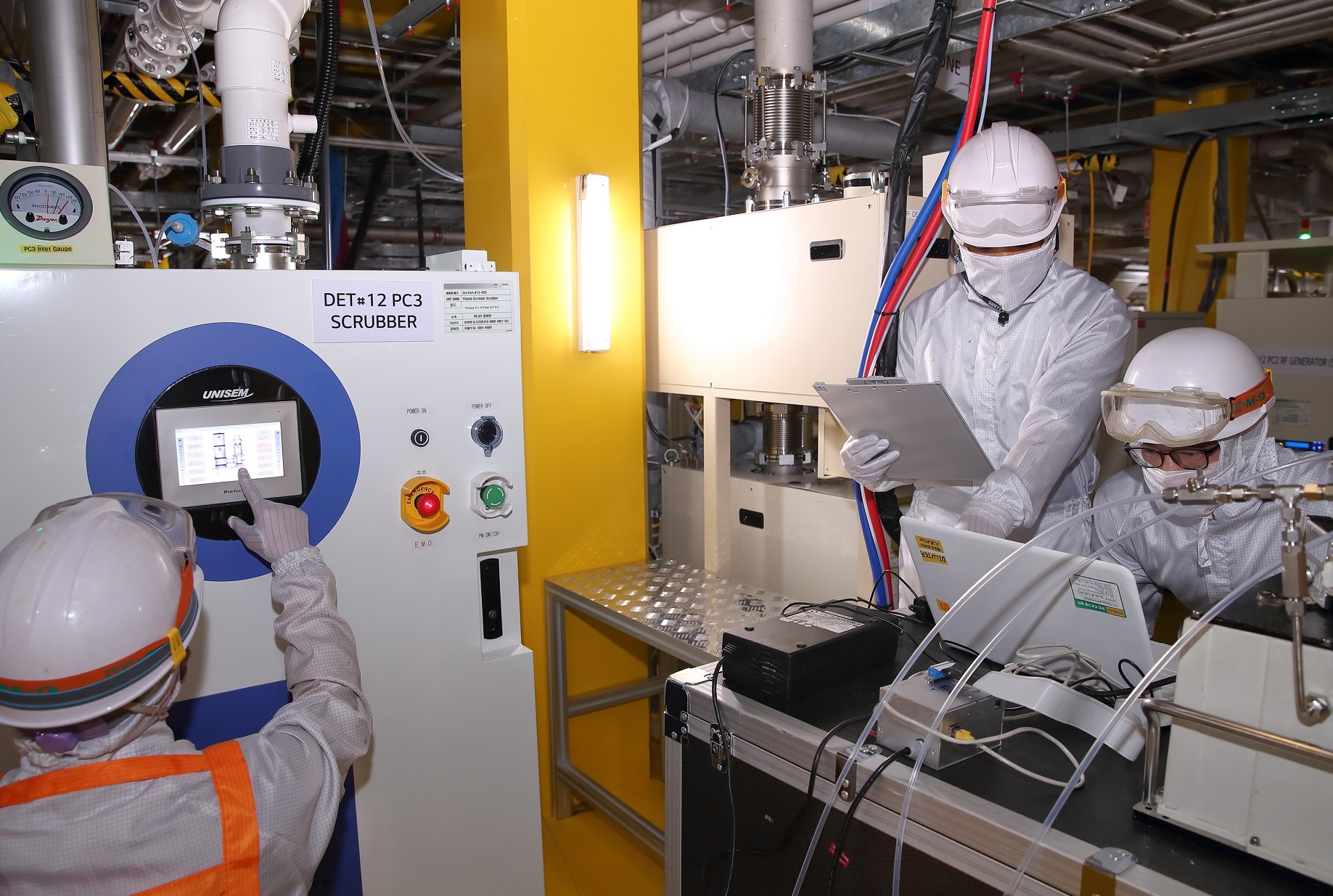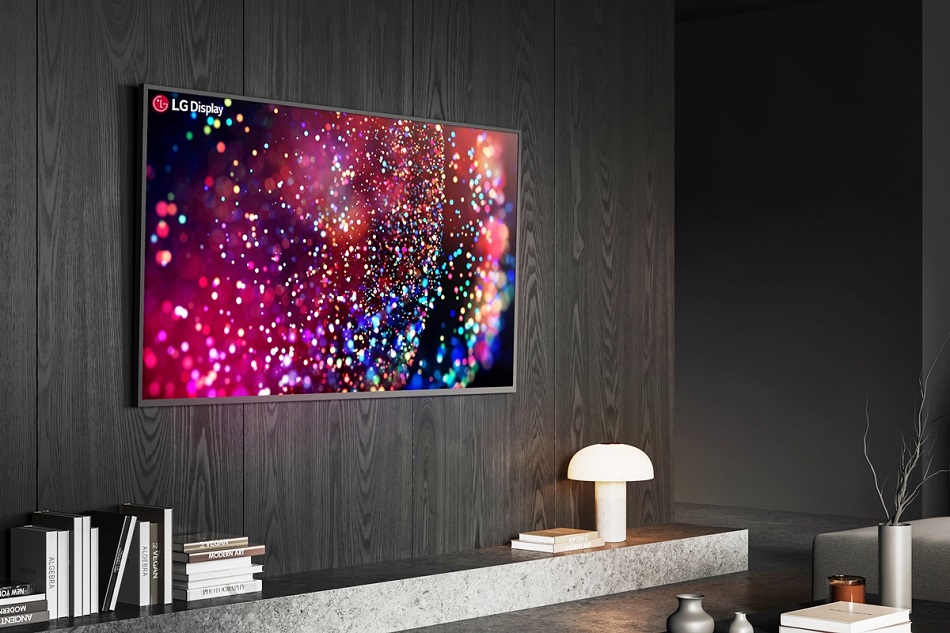
LG Display, the world’s leading innovator of display technologies, announced that it reduced around 3 million tons of CO2-eq last year compared to 2014, in tandem with its commitment to pursuing its carbon neutrality for the green future.
Greenhouse gases including carbon dioxide and methane increase the Earth’s temperature by absorbing or reflecting solar heat emitted outside the atmosphere from the earth’s surface, thereby causing abnormal weather conditions. LG Display has been preemptively responding to the climate crisis by organizing its dedicated environmental unit that closely examines and responds to the risks of climate change.
LG Display has been focusing on its carbon neutrality policies including low carbon production technology development, eco-friendly product development, energy efficiency maximization, monitoring the enhancement of RoHs (Restriction of Hazardous Substances) and being involved in the greenhouse gas emissions trading scheme.
LG Display has invested over KRW 37 billion to replace sulfur hexafluoride (SF6) – one of the greenhouse gases used in the manufacturing process – with a much less environmentally-harmful gas, and established reduction facilities which help the company reduce over 90% of greenhouse gas emissions.
As a result, LG Display was able to successfully reduce approximately 3 million tons of CO2-eq, marking a 39% decrease from 2014 when the emissions trading scheme was not yet put in place. This amount is equivalent to the level of greenhouse gases absorbed by 450 million 30-year-old pine trees over the course of a year.
By investing over KRW 6 billion into its greenhouse gas reduction facilities this year, LG Display plans to strengthen the R&D of new eco-friendly products and production technology while implementing a company-wide energy conservation project and launching renewable energy that will help reorganize its energy supply system.
LG Display has become a leader of green products. The company’s OLED technology requires fewer components than its LCD counterpart, meaning the panels’ resource efficiency and recycling rates are greatly enhanced. Unlike LCD, OLED does not require a backlight unit composed of plastic parts which helps to significantly reduce the usage rate of resources and hazardous substances. And while 79.1% of LCD panels can be recycled, an OLED panel can collect and reuse 92.2% of its parts.
“Sustainable growth for the future is not an option, it’s a requirement,” commented LG Display. “We will strengthen our ESG management by not only committing to carbon neutrality, but also by leading eco-friendly policies including water conservation and waste recycling.”









